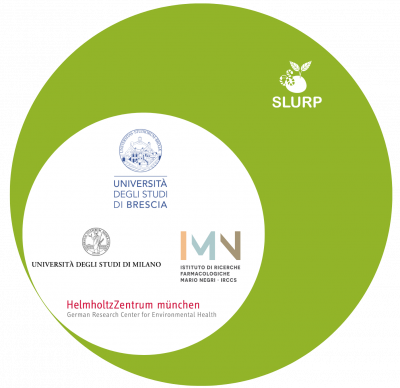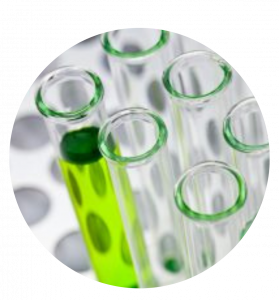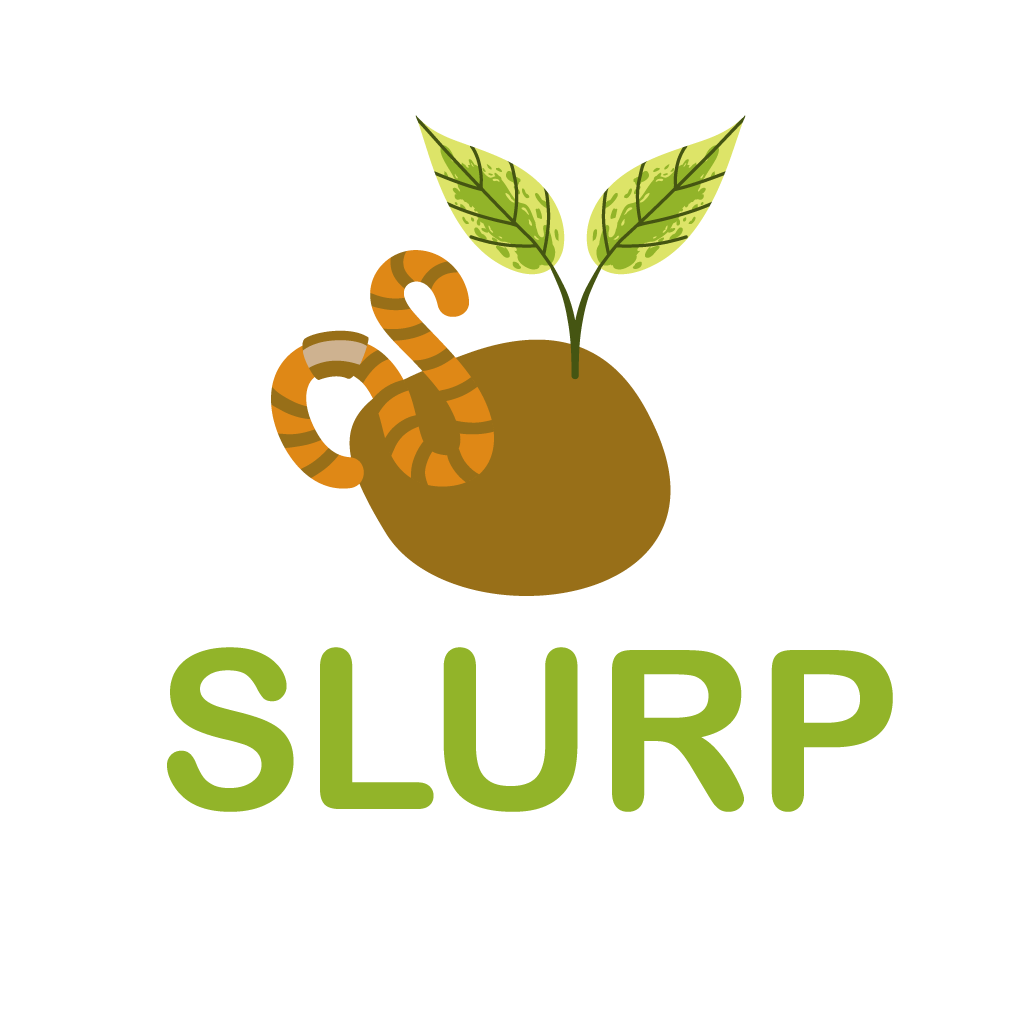This website uses cookies so that we can provide you with the best user experience possible. Cookie information is stored in your browser and performs functions such as recognising you when you return to our website and helping our team to understand which sections of the website you find most interesting and useful.
SLURP
SLUdge Recovery in agriculture: environment and health Protection
Sewage sludge is a “natural” side-product of wastewater treatment and may represent an important resource for agriculture, in a context of circular economy.
SLURP aims to contribute to build scientific knowledge and background for the development of a characterization protocol of sewage sludge (and other residues), so as to promote its recovery in a safe context for the environment and human health. With this aim, an interdisciplinary group of researchers has been involved (3 Italian and 1 German research centers). The strict cooperation with stakeholders will ensure that: significant case studies are taken into account, the proposed protocol is really applicable by the operators, the research outcomes are shared with the population and may create job and revenues for the economy. The project is strongly oriented to find practical solutions.

THE SLURP PROJECT IN BRIEF
Sewage sludge production in Europe (EU27) is around 10 million tons (dry solids). Approximately 50% is spread on land for agricultural use. Indeed, sewage sludge is potentially an optimum substrate for agriculture due to its valuable content of organic carbon, nitrogen, phosphorus and several micronutrients. Present regulations, in effect, encourage the recovery of sludge in agriculture, provided that a few chemical and microbiological indicators on sludge and soil comply with respective standards. The debate on the suitability of these regulations is still open and controversial: great attention has to be paid on potential adverse effects on ecosystem, crops, livestock and human health (also along the food chain), arising from the presence of harmful organic pollutants (also unknown), metals and microbiological contaminants.
The public acceptance of sludge reuse is a critical point, too, mainly due to odor emissions and the perception of risk for human health.
To make the reuse of sludge safer and increase people awareness on real impacts, the actual effect of sludge (and other substrates) towards the different components of the ecosystem must be studied, thus giving a more realistic answer to the question: is sludge reuse safe? This is the way to promote the circular economy while ensuring the full protection of the environment and human health.

The SLURP project is the proposal of a multidisciplinary group, which includes experts of different disciplines: sanitary-environmental engineering, analytical and environmental chemistry, agronomy, agricultural microbiology, ecology, human and environmental toxicology, hygiene and public health.
The University of Brescia, leader of the project, participates with five departments and coordinates the activities carried out by the University of Milan, the Mario Negri Institute of Pharmacological Research, and the Helmholtz Zentrum of Munich.
The project has been funded by the Cariplo Foundation within the call “Circular Economy 2020”. The official starting date is the 1st of May 2021, and the project has an expected duration of 30 months.

OBJECTIVES OF THE SLURP PROJECT

The aim of the project is to build a technical-scientific background for developing a characterization protocol of sewage sludge (and other residues), which, together with a risk analysis that evaluates the exposure paths for organisms and humans, might be adopted for defining safe procedures for recovering organic substrates in agriculture.
In addition, the project aims to offer concrete scientific support for a future revision of the legislation in the field and/or for the establishment of a process/product quality certification.
METHODS
A deep monitoring will be carried out, by measuring chemical and physical parameters and performing a battery of ecotoxicological assays. Chemical substances (including trace pollutants) will be quantified and their behavior and fate in the soil will be investigated. Particular attention will be given to the possible effects of the various matrices on soil (including the root microbiota) and freshwater ecosystems, hence, to human health.

EXPECTED OUTCOMES
Technology and knowledge transfer
We aim to increase the sustainable management of sewage sludge (and other residues) and to foster its safe reuse in agriculture.
Green jobs
New “green jobs” might be generated. Our findings could profitably improve regulations. The project will contribute to the development of process and product innovation.
Environmental benefits
The main goal of our project is to reduce water and soil pollution through the in-depth knowledge of the characteristics of sewage sludge (and the other residues) and the selection of a “safe” sludge.
Socio-economic outcomes
Sharing the knowledge will improve people awareness and build the trust in the environmental technologies and public institutions.

